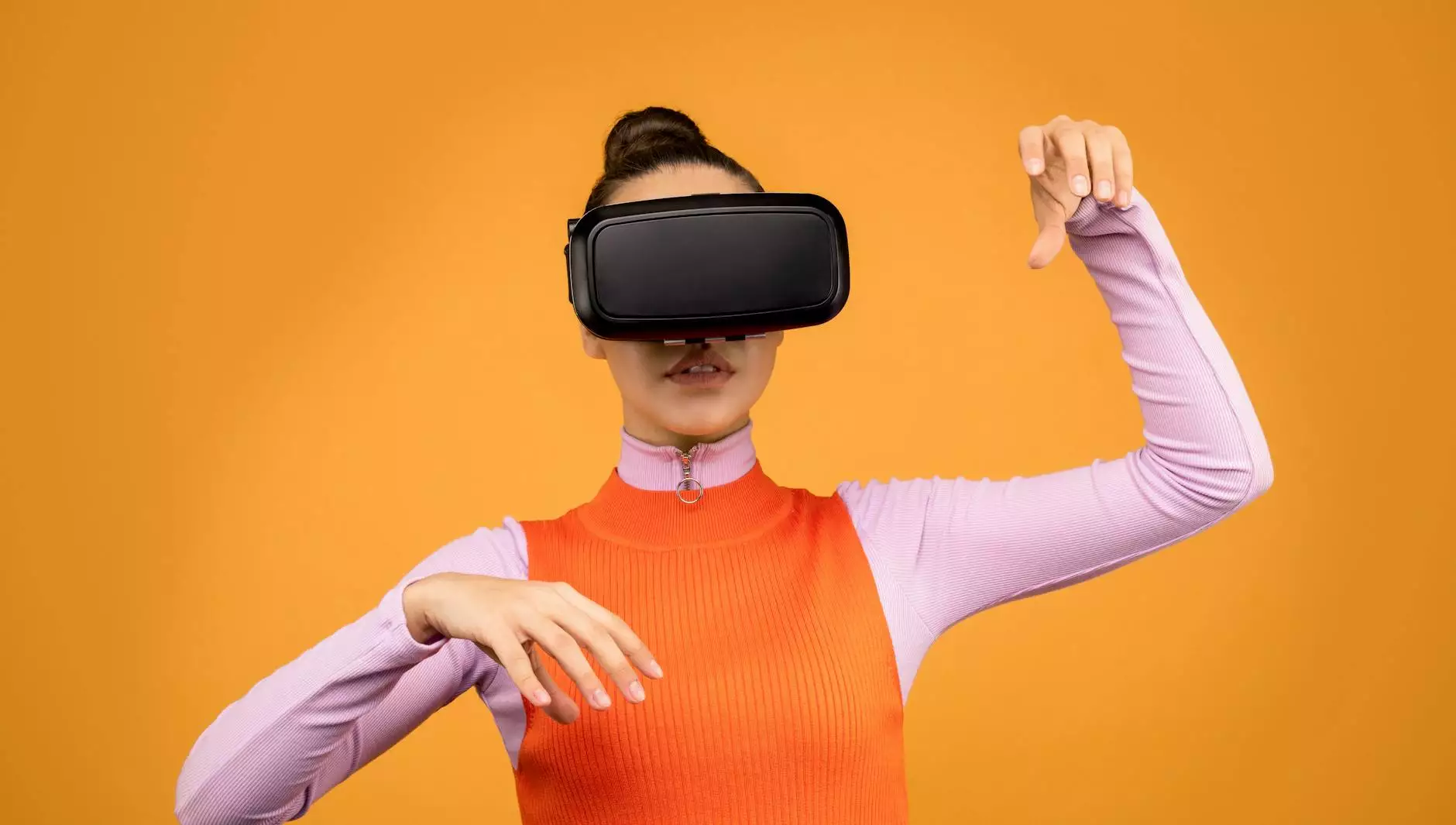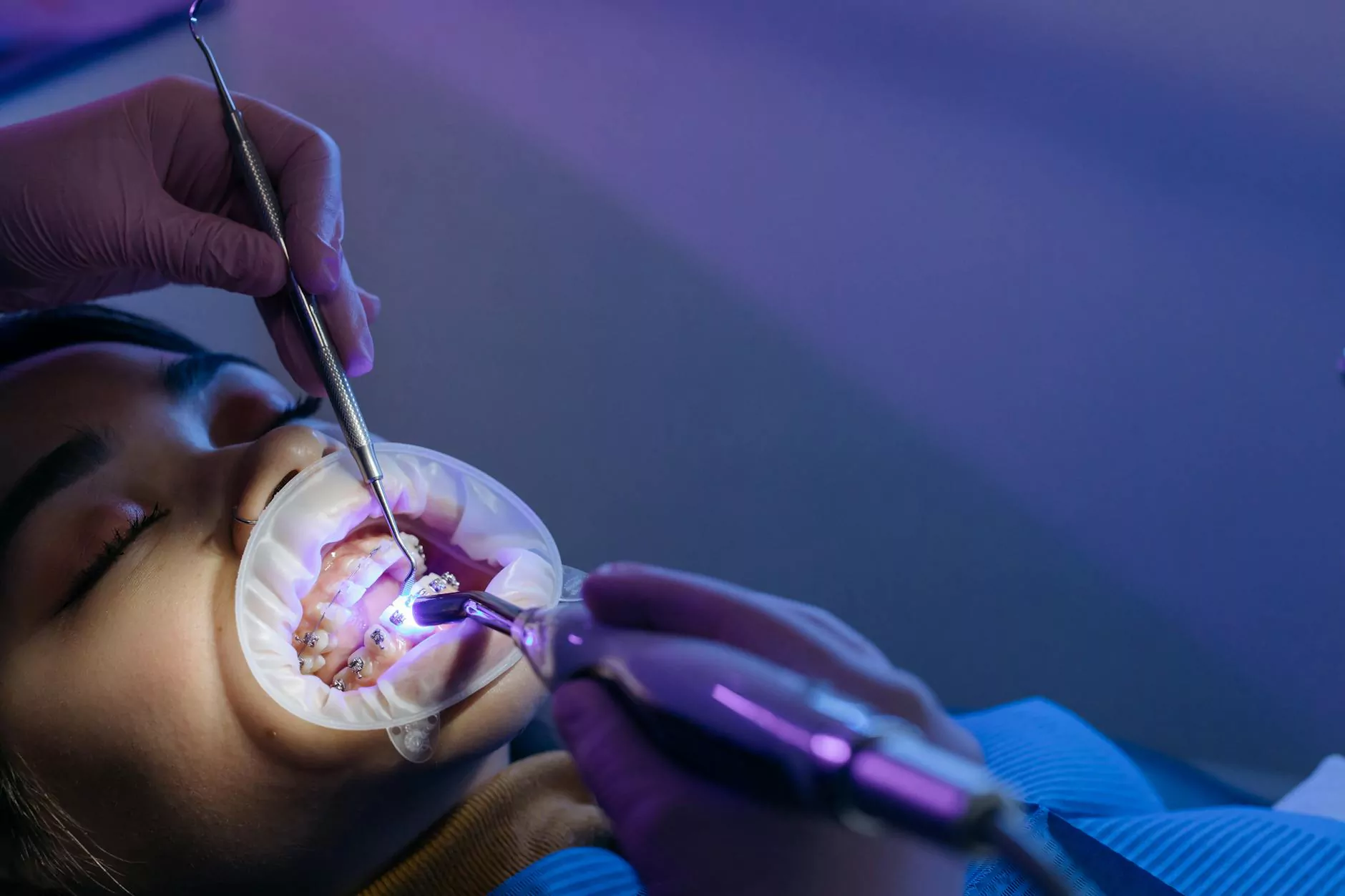What Makes VR an Effective Tool for Medical Education

In an era where technology is profoundly shaping the landscape of education, Virtual Reality (VR) emerges as a revolutionary tool, especially in the field of medical education. This article delves into the various facets of how VR transforms medical training into a more immersive and effective experience. It tackles the unique challenges in medical education and demonstrates how VR offers innovative solutions capable of enhancing learning, retention, and practical application of complex concepts.
The Evolution of Medical Education
The traditional methods of medical education often include lectures, textbooks, and practical training in clinical settings. While these methods have their merits, they often fall short in accommodating the diverse learning styles of students. The introduction of technology into education has paved the way for new approaches that offer interactive and engaging learning experiences. VR stands out as a highly effective tool in this respect.
Why VR is Effective in Medical Education
To fully appreciate the power of VR in medical education, we must examine several critical aspects:
1. Immersive Learning Experiences
One of the hallmarks of VR is its capacity to create immersive environments that can replicate real-world medical scenarios. Students can practice surgical procedures or navigate complex anatomical structures in a controlled, virtual space. This level of immersion fosters a deeper understanding of medical concepts as students can visualize and interact with components that are otherwise abstract in traditional learning settings.
2. Enhancing Retention of Knowledge
Studies show that immersive experiences significantly enhance knowledge retention. When students engage in hands-on practice, especially in high-stakes fields like medicine, they are more likely to remember what they have learned. VR allows students to repeat procedures multiple times without the constraints of real-world resources, making it an invaluable tool for solidifying knowledge.
3. Safe Learning Environment
In a traditional medical education setting, the pressure of performing procedures on actual patients can be daunting. VR eliminates this stress by providing a safe learning environment where students can make mistakes without real-world consequences. This encourages exploration, fosters confidence, and ultimately leads to better-prepared professionals.
4. Customizable Scenarios and Cases
VR technology allows for the creation of customizable scenarios tailored to the needs of specific medical disciplines or individual learning objectives. For instance, a VR simulation can be adjusted to present a variety of patient conditions, allowing students to encounter diverse cases and hone their diagnostic and treatment skills. This versatility is a significant advantage in comprehensive medical training.
5. Collaborational Learning
Incorporating VR into medical education also opens doors to collaborative learning. Students can engage in multiplayer environments, where they can work together to diagnose and treat virtual patients. This not only enhances teamwork skills—crucial in the medical field—but also provides exposure to different perspectives and strategies for problem-solving.
Real-World Applications of VR in Medical Training
Numerous institutions are already leveraging VR technology to improve their medical training programs:
1. Surgical Simulators
Medical schools and training hospitals are using surgical simulators powered by VR to give students hands-on experience with procedures ranging from simple suturing to complex surgeries. This practical approach enhances both technical skills and confidence, ensuring that future surgeons are well-prepared.
2. Anatomy Education
Understanding human anatomy is fundamental in medicine. VR offers students the opportunity to explore 3D models of the human body down to minute details, providing a comprehensive understanding that textbooks simply cannot convey.
3. Emergency Response Training
In emergency medicine, being able to respond effectively and quickly can save lives. VR scenarios designed around emergency situations allow trainees to practice decision-making under pressure, replicating high-stakes environments where rapid response is critical.
4. Patient Interaction Scenarios
Many medical professionals spend their careers interacting with patients. Training programs utilize VR to simulate patient interactions, providing students with critical experience in communication and bedside manner. These VR simulations can include challenging conversations, allowing students to practice empathy and professionalism.
The Challenges of Implementing VR in Medical Education
While the benefits are compelling, incorporating VR into medical training comes with its own set of challenges. Understanding these can help institutions navigate the transition effectively.
1. Cost of Implementation
The initial setup for VR programs can be a significant financial investment. This includes not only the cost of hardware and software but also ongoing maintenance and updates. However, many institutions recognize that the long-term benefits of improved medical training can outweigh these initial costs.
2. Technical Issues
As with any technology, technical issues and glitches can disrupt the learning process. Institutions must ensure they have the necessary technical support and resources to address these challenges swiftly.
3. Curriculum Integration
Integrating VR into existing curricula poses a challenge due to the need for alignment with educational standards and outcomes. Institutions must work diligently to ensure that VR training complements traditional education methods rather than replace them.
Future Prospects of VR in Medical Education
The future of VR in medical education appears bright as technology continues to evolve and more institutions adopt these innovative methods. The integration of artificial intelligence (AI) and machine learning within VR can further personalize learning experiences, allowing for adaptive training modules that focus on individual students' needs and progress.
Conclusion
As we have explored, the potential of Virtual Reality in transforming medical education is immense. From creating safe training environments and enhancing retention to providing customizable and immersive experiences, VR stands as a beacon of innovation in the field of medical training. While challenges exist, the continuous development and implementation of VR technologies promise to elevate medical education, equipping future healthcare professionals with the skills and knowledge they need to thrive in a complex healthcare environment.
Call to Action
For institutions looking to revolutionize their medical education programs, embracing VR technology could be one of the most impactful decisions they make. As you explore this frontier, consider partnering with experts in the field, such as those at rotstudio.com, to guide your implementation strategy and maximize the benefits of this groundbreaking educational tool.
what makes vr an effective tool for medical education








